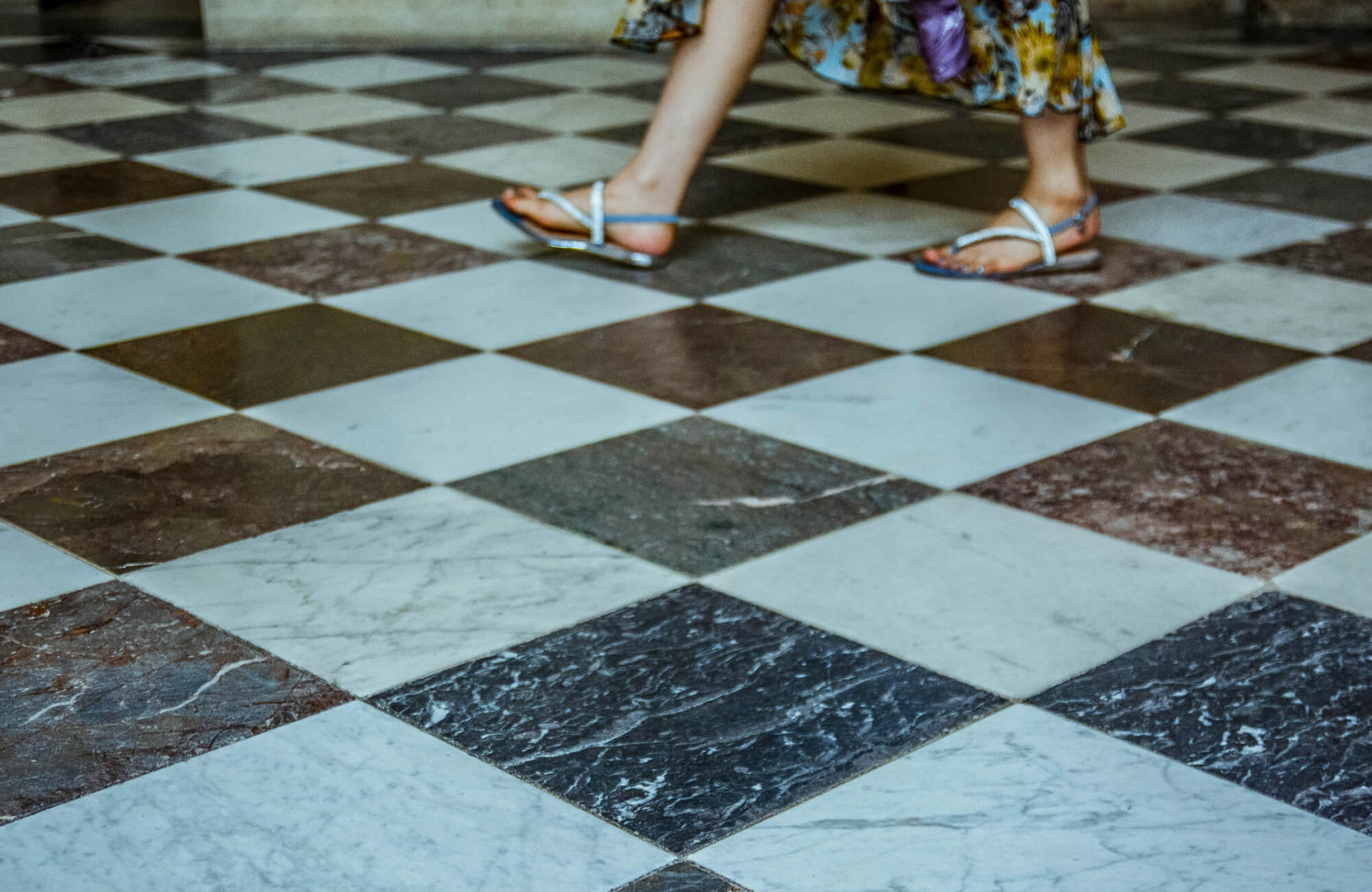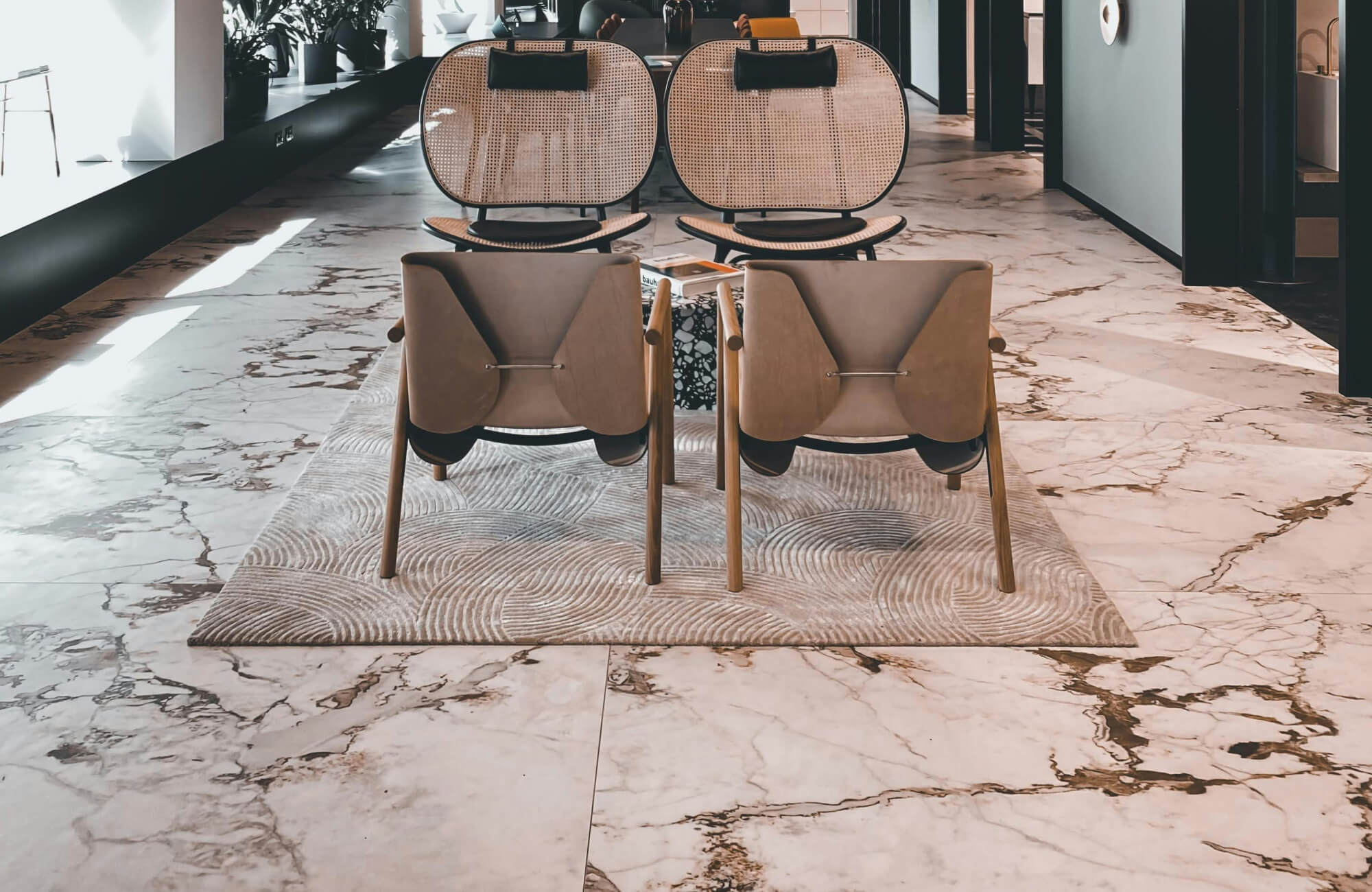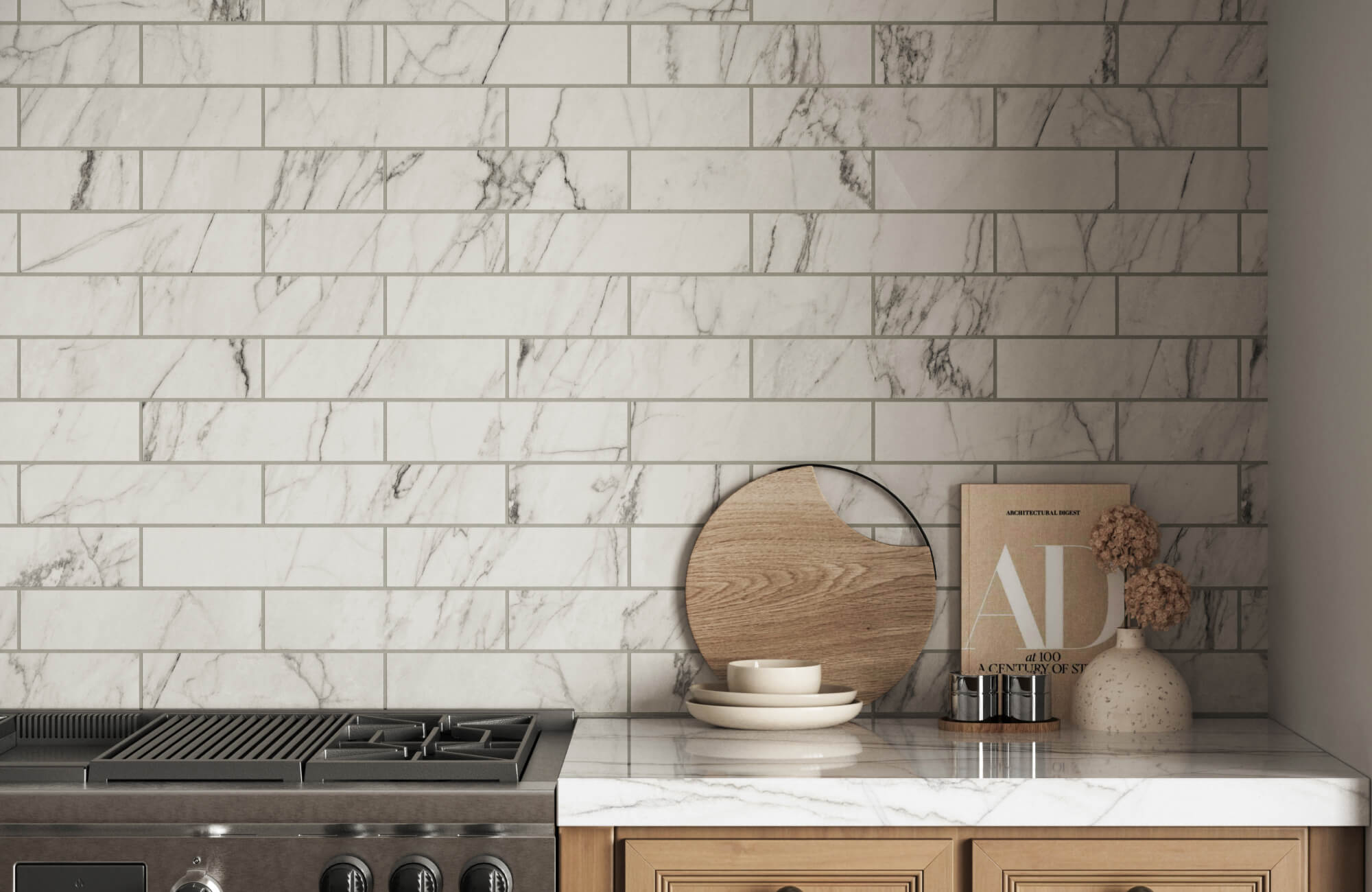Checkered flooring, with its bold geometric pattern, has been a design element for centuries. Its presence spans diverse cultures and eras, from ancient Roman mosaics to modern minimalist interiors. But is this ubiquity a testament to its timeless appeal, or does it merely reflect its adaptability? This article explores the history, psychology, and contemporary applications of checkered flooring to determine its status as a timeless design feature.
History of Checkered Floors
Checkered flooring, with its distinctive grid-like pattern, boasts a rich history that spans millennia. Its enduring appeal is evident in its presence across diverse cultures and architectural styles.
Ancient Origins
Checkered patterns have their roots in ancient civilizations, where they served both aesthetic and functional purposes. The Egyptians, renowned for their intricate mosaics, often employed black and white tiles to create checkered floors in their temples and palaces. These designs were believed to possess symbolic and spiritual significance, representing the duality of life and death or the cosmic order. Roman mosaics also showcased checkered patterns, with variations in color and tile shape adding complexity to the design. These floors were found in villas, public baths, and other opulent structures, reflecting the Romans' love for grandeur and opulence.
Medieval and Renaissance
The Middle Ages and Renaissance witnessed a continued appreciation for checkered flooring. Churches, castles, and grand manor houses, for instance, frequently featured checkered tile patterns in their entryways, halls, and kitchens. These floors were often made of stone or ceramic tiles, with the black and white squares symbolizing purity and order. In some cases, the checkered pattern was incorporated into intricate geometric designs, showcasing the skill and artistry of the craftsmen.
Victorian Era
The Victorian era brought a renewed interest in checkered floors, influenced by the fascination with exotic cultures and design styles. Moorish and Oriental motifs, characterized by their intricate patterns and bold colors, inspired the creation of checkered tile designs with a more elaborate and decorative flair. Victorian homes also often featured checkered floors in their kitchens, hallways, and even bathrooms, where they added a touch of elegance and sophistication.
20th Century
The 20th century witnessed a resurgence of checkered flooring in various design movements. Art Deco, with its emphasis on geometric shapes and bold contrasts, embraced the checkered pattern as a key element. Black and white checkered floors became synonymous with the glamour and sophistication of the era, adorning nightclubs, theaters, and private residences. Mid-century modern design also incorporated checkered flooring, albeit with a simpler and cleaner aesthetic. The focus was on functionality and minimalism, and checkered floors provided a striking yet understated backdrop for contemporary furnishings.
As the century progressed, pop art and postmodernism further explored the potential of checkered flooring. Artists and designers experimented with color combinations and scale, creating playful and eye-catching effects. With this, checkered floors became a symbol of rebellion and individuality, challenging traditional notions of decor.
From its ancient origins to its contemporary interpretations, the checkered floor has proven to be a timeless design element. Its ability to adapt to different styles and cultures is a testament to its enduring appeal.

Psychological Impact of Checkered Flooring
The psychological impact of checkered flooring is a complex interplay of visual perception, emotional response, and cultural associations. The human eye is naturally drawn to contrast, and the stark black and white squares of a checkered pattern create a strong visual stimulus. This high contrast can stimulate the brain, potentially increasing alertness and energy levels within a space. The geometric nature of the pattern also contributes to a sense of order and structure, which can have a calming effect on some individuals.
Visual Perception and Stimulation
The human eye is naturally drawn to contrast, and the checkered pattern's stark black and white squares provide a strong visual stimulus. This high contrast can stimulate the brain, potentially increasing alertness and energy levels. Additionally, the pattern's geometric nature contributes to a sense of order and structure, which can have a calming effect.
A perfect example of this psychological interplay is the Leona 24x24 Checkerboard Polished Porcelain Tile in Calacatta and Nero Marquina, as displayed in the picture above, which emphasizes both clarity and balance through its reflective surface and clean pattern. Used in high-impact areas like entryways and corridors, this black and white marble look tile exemplifies how visual contrast can elevate spatial perception while enhancing a sense of composure.
Emotional Response
Checkered flooring can evoke a range of emotions. The bold and dynamic pattern is often associated with energy, excitement, and modernity, creating a playful and stimulating atmosphere. Conversely, the pattern can also evoke nostalgia, particularly when used in traditional design schemes. It may conjure up images of vintage settings, creating a warm and familiar feeling.
Cultural Associations
Cultural interpretations of checkered flooring vary, with black and white often symbolizing duality and balance in some cultures, while in others, the pattern evokes historical periods or specific social classes. These cultural nuances contribute to its psychological impact, which is subjective but rooted in the pattern's ability to stimulate visual interest, evoke emotions, and influence the mood and ambiance of a space.

Checkered Flooring in Contemporary Design
Checkered flooring has been a favorite choice for adding character and elegance to various spaces, both residential and commercial. Its timeless appeal allows for a range of applications, from kitchens and bathrooms to living areas and beyond.
Kitchens and Bathrooms
In kitchens, checkered flooring can anchor a minimalist aesthetic or introduce a playful contrast to colorful cabinetry. Whether you opt for large format tiles for a modern look or smaller tiles for a retro charm, the practical benefits are clear. The pattern not only hides spills and stains but also adds either a vintage or contemporary edge, depending on the chosen colors and materials. Bathrooms benefit in much the same way, as the pattern creates a bold, visually dynamic backdrop that highlights contemporary fixtures and clean-lined design elements. Options like black and white marble or vibrant porcelain tiles can transform these spaces into luxurious retreats, enhancing the spa-like feel with a sense of order and tranquility.
To see how checkered flooring would look in your space before making any changes, try our augmented reality (AR) technology to visualize different options and configurations in real-time.
Living Areas and Bedrooms
For living rooms, checkered floors can act as a dynamic statement piece or a subtle base to unify the decor. Pairing them with neutral furniture and bold artwork can elevate the overall ambiance. A beautiful example is the Brody 24x24" Checkerboard Matte Porcelain Tile in Sand and Smoke, which offers a refined take on checkered flooring with soft taupe and dark gray tones. This combination brings an earthy sophistication ideal for cozy yet modern interiors.
In bedrooms, checkered flooring can introduce structure and subtle contrast while preserving a restful mood. Choosing low-sheen finishes and muted color pairings helps soften the graphic nature of the pattern, making it well-suited for tranquil spaces. When combined with layered textiles, natural light, and minimal décor, the result is a warm and balanced retreat that still feels thoughtfully designed.
Commercial and Outdoor Applications
Commercial spaces like restaurants and cafes often utilize checkered flooring to set a stylish and inviting atmosphere, using classic black and white or adding modern twists with bold colors to define spaces and enhance brand identity. In offices, the pattern can delineate work zones and add visual interest, with color choices reflecting a company’s creative or professional ethos.
Extending to outdoor areas, checkered patterns on patios or pool decks create functional yet stylish environments perfect for entertaining. A great example is Edward Martin’s Palmer 12x12 Checkerboard Raw Porcelain Tile in White and Grey, which features a matte, textured finish in soft ivory and charcoal tones. As shown in the image above, this pairing brings a relaxed yet refined look to outdoor dining patios, complementing natural elements like wood and greenery while offering durability and slip resistance in open-air settings. Durable materials like Palmer’s porcelain ensure longevity and minimal upkeep, making them ideal for both outdoor and commercial applications.
Materials and Styles
Modern checkered flooring has evolved far beyond its classic roots, thanks in large part to advancements in material technology. Now there’s an expanded palette that includes not only traditional marble but also durable porcelain, textured ceramics, and wood look tiles that mimic natural grain patterns. These innovations offer greater flexibility in terms of durability, maintenance, and aesthetic options, allowing the checkered motif to be used in busy, moisture-prone, or even outdoor environments without compromising style.
Tile size and finish also play a pivotal role in shaping the final look of a checkered floor. Although traditional designs often rely on smaller squares with polished finishes, today’s interpretations experiment with large format tiles, matte or raw textures, and irregular edge detailing. These variations can dramatically influence a room’s ambiance; larger tiles offer a sense of spaciousness and calm, while textured or honed finishes add depth and subtle visual complexity. This level of customization enables the pattern to work in a wide range of spaces, from compact foyers to expansive open-plan layouts.
When it comes to stylistic application, checkered flooring now comfortably integrates with contemporary aesthetics such as minimalist, Scandinavian, eclectic, and transitional design. In minimalist and Scandinavian spaces, muted tones and matte finishes contribute to a clean, serene atmosphere. Eclectic interiors also benefit from bold color contrasts or irregular check patterns that inject personality and flair. Meanwhile, transitional spaces, bridging traditional and modern elements, make excellent use of neutral palettes and balanced tile sizes to create timeless yet updated environments. Across these styles, the checkered pattern adapts fluidly, proving its lasting relevance in modern design.

Challenges and Considerations for Checkered Flooring
While checkered flooring offers a striking visual impact, it's essential to consider potential drawbacks and carefully plan its integration into a design scheme.
Potential Drawbacks
Although checkered flooring offers many aesthetic and functional benefits, there are a few considerations to keep in mind that might pose challenges.
Overpowering Effect
The bold contrast of a checkered pattern can be visually dominant. If not balanced with other design elements, it might overwhelm a space.
To prevent checkered flooring from becoming visually overpowering, several factors should be considered in unison. The scale of the squares plays a crucial role; larger squares often appear more subtle and less visually chaotic than smaller ones. Color contrast also influences the overall effect. While black and white remains a classic choice, experimenting with alternative color combinations can reduce the pattern's intensity and create a softer visual impact. Additionally, surrounding elements such as neutral-toned walls and furniture help anchor the boldness of the floor. To complete the balance, introducing complementary textures or subtle patterns in the decor can enhance the space without competing for attention.
Difficulty in Cleaning
Depending on the material, cleaning checkered floors can be more time-consuming than solid-colored floors, as dirt and stains may be more noticeable on the contrasting squares. However, when made with materials like porcelain or ceramic, checkered floors are generally easy to clean and maintain. These materials are non-porous, stain-resistant, and durable, making them practical choices for spaces where hygiene and low maintenance are priorities.
Outdated Appearance
While there's a resurgence in popularity, checkered flooring can sometimes be associated with traditional or retro styles. It's essential to ensure the design aligns with your desired aesthetic.
Choosing the Right Color Combination and Pattern Size
The color combination and pattern size are crucial in determining the overall feel of the space, and both should be tailored to suit the room’s function and dimensions. Black and white creates a classic, timeless look, while brighter colors can inject energy, and softer hues promote relaxation. Similarly, experimenting with different square sizes and orientations can help achieve the desired effect. For example, large-scale patterns can make a bold, dramatic statement, whereas smaller patterns tend to offer a more subtle touch. The size of the room should also influence these choices; in smaller spaces, more modest patterns and less contrasting color schemes can prevent the floor from overwhelming the area and help maintain a sense of balance.
A great example of how color and scale influence the overall effect is the Leona 24x24 Checkerboard Matte Porcelain Tile in Calacatta and Amani Bronze, which pairs warm white and soft taupe tones in a large format design. As depicted in the picture above, this combination softens the visual contrast often associated with checkered patterns, making it an ideal choice for spaces where a more relaxed, grounded atmosphere is desired. The generous tile size also helps reduce visual clutter, especially in transitional areas like entryways, where balance and flow are key. This thoughtful use of muted tones and scaled patterning highlights how strategic decisions in color and layout can transform checkered flooring from a bold statement to understated sophistication.
The Enduring Appeal of Checkered Flooring
Checkered flooring has proven its enduring appeal as a design element, seamlessly transitioning from classic to contemporary interiors. Its ability to evoke a range of emotions, from nostalgia to modernity, makes it a versatile choice for diverse spaces. Although careful consideration must be given to color combinations, pattern size, and overall design harmony, the potential rewards are significant. A well-executed checkered floor can also serve as a focal point, a grounding element, or simply a visually stimulating accent, elevating the aesthetic of any environment.
If you’re inspired to incorporate checkered flooring into your own space and want expert guidance on achieving a cohesive, well-balanced look, our design team is here to help. We offer personalized support through our Design Services, where you can collaborate with professionals to select the right materials, colors, and patterns that align with your style and space. Whether you’re designing a modern interior or refreshing a more traditional setting, our tailored approach ensures that every detail works in harmony to bring your vision to life.








